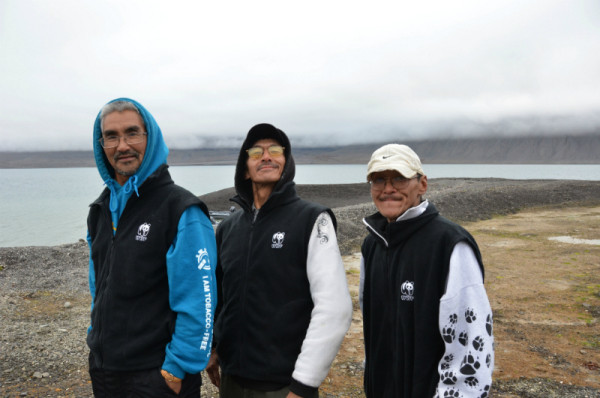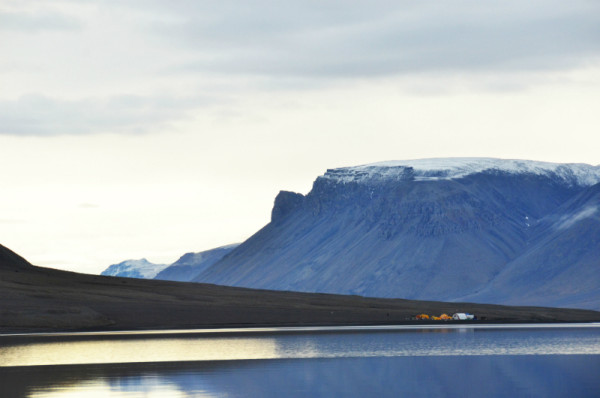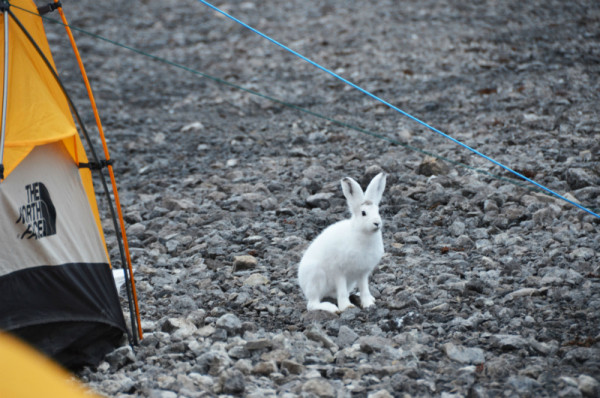Chasing narwhal: Let the adventure begin…
Last August, WWF’s Jacqueline Nunes joined a research expedition to Ellesmere Island to study narwhal, the “unicorns of the sea.” Read about her journey throughout Polar Bear Week. (Read the whole series here.)
Right now—back in Toronto, six months after returning from the Canada’s High Arctic—I’m feeling panicked. How am I going to choose just a few stories to tell about my trip up north? How!? There’s so much to tell! Like the harrowing landing in a tiny propeller plane, on a runway edged by jagged Arctic cliffs. Or watching a ringed seal play with a buoy like a ball. Or hearing hunting stories from my “narwhal watch” partner, Tom, who has lived in Grise Fiord, Canada’s northernmost community, all his life.
To celebrate Polar Bear Week (and International Polar Bear Day on Feb. 27), I’ll tell as many of these stories as our web team will let me. You’ll hear about camp life (oh, the breakfasts!), wildlife, the highs and lows of Arctic research, my awesome teammates (wait until you meet PJ!), and even a High Arctic polar dip.
And while camp was full of laughter, fun and the coolest people I’ve ever met, there’s a serious message I hope you’ll remember: The research and conservation that WWF and other groups do in the Arctic is so critically important, especially now when this place is still largely unaffected by industrial development. This is the only place where some of Canada’s most incredible, unique species—like narwhal and polar bears—can survive. It is a place where people know the land and climate like I know my own brother. It is a place with poverty and hunger, but also with resilience and hope for the future.
Without you—WWF’s incredible supporters—we couldn’t do research in the Arctic. Nor could we share our research with the Inuit who are affected by climate change and who are making tough decisions about mining, oil and gas, and shipping. I told everybody up north about you, the Inuit families I met in Grise Fiord, my teammates, the Arctic hares that visited our camp every night—everybody!
We’re so grateful for what you make possible. Which is why I’m so excited (panicked!) to tell you about this trip. Wait until you hear about the muskox that walked right up to the edge of our camp…
Our Arctic work depends on your support and right now you can have double the impact. Donate now and a generous donor will match your gift (the first $130,000 in donations will be matched).
Learn more about WWF’s important Arctic work at wwf.ca/polarbearweek.




